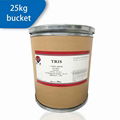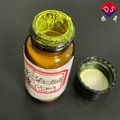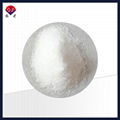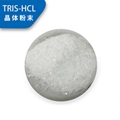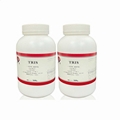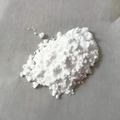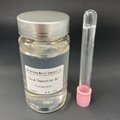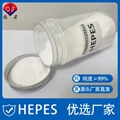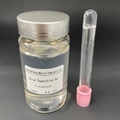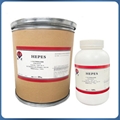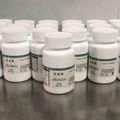Comparison of direct chemiluminescence and enzymatic chemiluminescence
Product Description
With the development of assay technology, chemiluminescence immunoassay is used when labeling antibodies, which is mainly catalyzed by chemiluminescent agents or enzyme substances. Then, a reaction is generated, from which visible light is released for detection. From the perspective of reaction principle, chemiluminescence assay technology is mainly divided into chemiluminescence and enzyme-catalyzed luminescence. What is the difference between the two? Next, we will analyze it in detail.
direct chemiluminescence
In fact, as the name implies, it is known that it does not require any enzyme catalysis, and directly participates in luminescence. In terms of structure, they have their own unique luminescent groups, which can be directly used to label antigen and antibody. They have the characteristics of fast speed and strong stability. Common Representative luminescent agents are acridinium esters.
Acridine ester does not require any catalyst, has few interference factors in the process of luminescence reaction, and has high light speed efficiency, high intensity, rapid concentration, stable labeling material, and can be stored for several months at a temperature of 2-8 degrees.
Enzymatic Reaction Chemiluminescence
It mainly uses enzyme substances, which need to be catalyzed to promote luminescence. It does not have a luminescent group. Although it has a certain sensitivity, the luminescence speed is slow, and the activity of the enzyme is easily disturbed by the outside world. Mino and its derivatives or isoluminol.
The activating enzyme of luminol and its derivatives uses horseradish peroxidase. Luminol has a weak luminescence signal and is a flash type. If there is an enhancer to assist, the luminescence time can be extended to 30s to 1 minute, and the luminescence can be emitted. Strength will also increase.
Now usually the antigen antibody is labeled with horseradish peroxidase, luminol or isoluminol and its derivatives are used as substrates, an enhancer is added, and sodium hydroxide and hydrogen peroxide are used as luminescence initiation reagents, and the luminescence reaction is carried out. After 2 minutes, the light reflection intensity can reach its peak.
Isoluminol is further improved on the basis of luminol. It is a chemiluminescence reagent used in new industries. It uses a flash non-enzymatic activation technology. After adding the starting solution, the luminescence intensity is tested within 0.1-3s.
Desheng Biochemical has its own patented technology for luminescent reagents. The acridine ester and luminol series products developed by Desheng have been improved and innovated. They have high purity and stable performance, and will not interfere with any experimental measurement. There are quality problems. The professional testing department controls it to provide customers with high-quality products and ensure the purchase experience. If you have requirements for luminescent reagents, please click on the website to consult!
Product Image
Send Inquiry to this Member
Related Products of this Company
This member assumes full responsibility for the content of this listing. DIYTrade accepts no responsibility whatsoever in respect of such content.
To report fraudulent or illegal content, please
click here.
China Suppliers Quick Searching:
,
